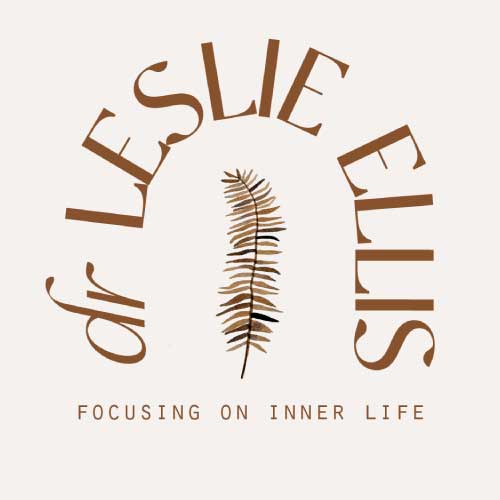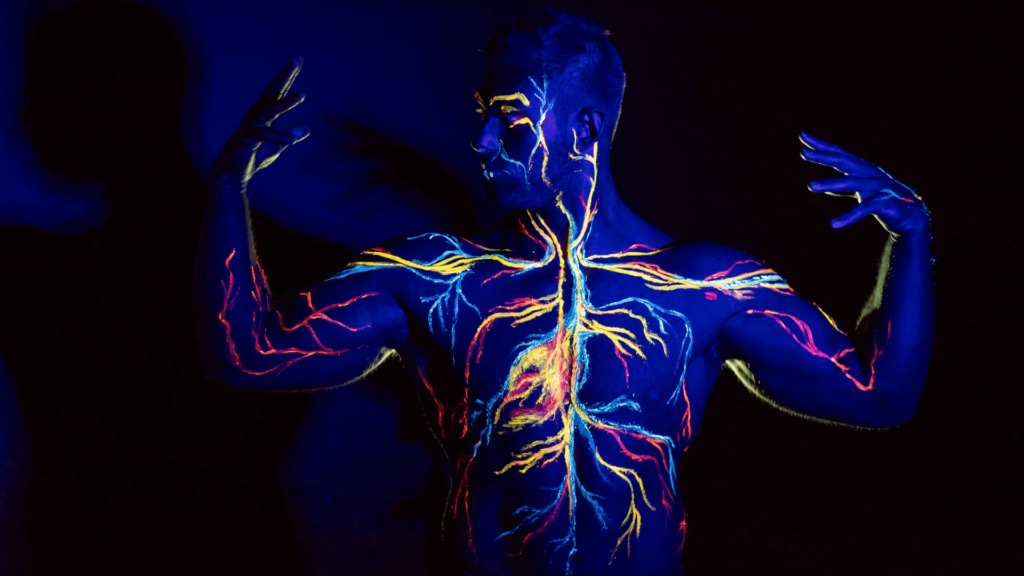In the world of trauma therapy, a paradigm shift has been taking place over the past decade or so, a marked shift toward embodied and somatic approaches to the understanding and healing of trauma. The polyvagal theory by Dr. Stephen Porges has led clinicians to consider that much of what was previously viewed as pathological behaviour can be seen as adaptive responses that our client’s autonomic nervous systems (ANS) have initiated as a means of protection and survival. This hopeful and non-shaming approach has changed the way trauma therapy is practiced for so many… yet the paradigm shift has not found its way into the treatment of nightmares. I feel that it’s high time for this to change because nightmares deserve clinical attention. They are a cardinal symptom of post-traumatic stress injury, and associated with complex trauma, anxiety, depression and many other mental health challenges. They have been strongly correlated with increased suicide risk.
I have been doing my best to help more clinical attention to nightmares and opportunities for training. I have spent the past several years developing a theory and treatment protocol for nightmares that takes the polyvagal theory into account. This work is the basis of a major article (now under review) and two online courses on nightmares, one for clinicians and one for the general public. I am consistently sending the message that nightmares are urgent messages from the body, attempts at trauma recovery and at getting the dreamer’s attention so they can attend to underlying sense of threat that haunts their nights. Nightmares are treatable, yet so often they are not treated. And in the most serious cases, where they may lead to greater suicide risk, I believe treatment is imperative.
Nightmares reflect a nervous system that doesn’t feel safe
One of the most freeing aspects of Porges’ theory is the idea of ‘neuroception’, which is the internal sensing process which happens automatically, outside of conscious awareness, as our bodies pick up cues of threat and safety from the environment and react accordingly. The theory states that our autonomic responses happen in a specific order – first with activation to fight or flee from danger, and second with immobility or shutdown when fight or flight are not possible or advisable. Shutdown in the face of an overpowering aggressor may in fact be the wisest choice, though it is completely out of conscious control. Knowing this has helped rape survivors, for example, understand why they went limp and didn’t fight back, an action their own body deemed would put them in even greater danger. This knowledge reduces their sense of shame.
Nightmare content reflects the autonomic nervous system
Something interesting I noticed in working with nightmares over time is that the content of these dreams often reflects the various states ascribed to nervous system responses. The vast majority of fear-based nightmares depict scenes of being chased or running away (flight), of being faced with agression (fight) or of a sense of frozen hopelessness and inability to move (immobility). It is as though our dream content is describing our autonomic state. The beauty of this is that it is not static, but can shift and change in response to cues from the environment.
Porges has stated, quite simply, that when in comes to trauma and resulting ANS reactions, “safety is the treatment.” I have found that with frightening dreams, if you can instil a sense of safety in the dreamer, either within the dream itself, or after that fact in working with the dream material, it can shift even long-term recurrent nightmares, sometimes permanently. Too often I have seen that nightmare sufferers feel like victims of the terrifying dreams, thinking there is nothing they can do, making them fear sleep itself, which is ideally a balm and a time for deep rest and recovery.
Not all nightmares are the same
One thing that the polyvagal theory has helped me to understand is that there are two distinct responses to trauma and adversity – one is highly activated and the other is more dissociative. The pathway to safety and recovery from these two states is different, yet most nightmare treatments are applied as if they are all the same. When a person’s body reflects collapse or immobility, what the polyvagal theory states is that they are very far from being able to engage with someone who is trying to soothe or help them because they have turned inward and their social engagement system is shut down. Porges says the path back from this state is longer and more complicated and needs to pass back through the activated state most of us associate with trauma.
In either case, instilling a sense of safety and then of connection will help shift the dreamer’s state, and often, the memory of this stays with them when they next encounter the fear response within their dreams. This is why the popular nightmare treatment method of ‘rescripting’ or rewriting the content of one’s dreams can be so powerful. When we revise our dream narratives, we can add empowerment, help from others, a new way of seeing the situation that renders it less threatening… or anything that feels right to the dreamer.
In my work with dreams and nightmares, I always ask the dreamer to find and then embody any aspects of the dream they find helpful – and to imagine the dream forward to include such elements if the dream itself contains no such sources of support. When they experience a sense of power, of safety and of company in the face of their haunting dreams, these dreamers often hold on to it, and the potential for a helpful shift is available to them next time they have a similar dream. This brings hope and change to places that felt frozen in place, the beginning of a new and more empowering relationship to one’s embodied dreams.
Do you know someone who suffers from frequent nightmares? Or are you a parent concerned about the frequency and intensity of your child’s bad dreams?
Learn why treating nightmares is both essential and surprisingly simple in these two online course about nightmare relief.
Nightmare Treatment Imperative – The complete course for Clinicians
Nightmare Relief for Everyone – A little course designed to help everyone
Learn how to treat nightmares with evidence-based methods!

